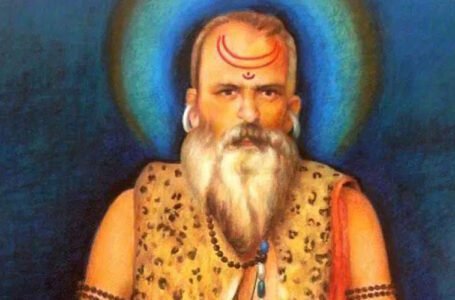Exploring Rajasekhara’s Dramatic Masterpieces

Rajashekhara, a distinguished figure in Sanskrit literature during the 10th century, left an indelible mark as a Maharashtri Prakrit and Sanskrit poet, dramatist, and critic. Serving as the court poet of the Gurjara Pratiharas, his life and contributions reflect a rich tapestry of literary and cultural significance.
Born into the Yayawara dynasty in Maharashtra, Rajashekhara’s literary journey unfolded in Bengal. His lineage boasted well-known pandits and literary personalities, shaping his early exposure to the world of letters. As the teacher and minister of Gurujarvanshya Naresh Mahendrapal of Kanyakubud, and later his son Mahindra Pal, Rajashekhara held a position of influence, imparting wisdom through his poetic compositions.
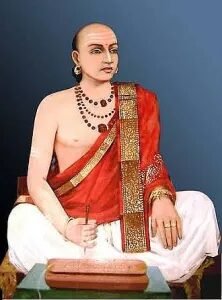
The poet’s personal life, rooted in both Maharashtra and Bengal, reflects a synthesis of cultural influences. His mother, Shilavati, and father, Maharashtra Chudamamani, contributed to his upbringing in an environment that valued intellectual pursuits and spiritual depth. His wife, Chauhan Kulkarni, known as Avantisundari, added a dimension of devotion to his life. Rajashekhara’s acclaimed play, Kārpūramañjarī, written in Maharashtri Prakrit, was in fact dedicated to his wife, making Rajashekhar the only ancient Indian poet to acknowledge a woman for her contributions in his career.
Kavyavimamansa- the poetic treatise
Among his notable works, “Kavyavimamansa” stands out as a literary gem. This composition not only showcases his poetic prowess but also delves into the intricate nuances of literary theory. In his work, he praises ancient kings like Vāsudeva, Śāṭavāhana, Śūdraka, and Sāhasāṅka, highlighting the role of a king as a Sabhāpati (President) who honors and supports poets with meritorious works. This practical treatise, divided into eighteen adhikaraṇas, serves as a guide for poets. Born to Durduka and Śīlāvatī, Rājaśekhara’s scholarship is acknowledged by fellow poets, who express reverence for his contributions. In the drama Bālabhārata, he boldly identifies himself as the incarnation of poets Vālmīki, Meṇtha, and Bhavabhūtī, highlighting his profound connection to the poetic tradition.Recognized for his scholarship, he is revered by later poets who acknowledge his influence on their works. In the drama Bālabhārata, Rājaśekhara boldly identifies himself as the incarnation of poets Vālmīki, Meṇtha, and Bhavabhūtī, showcasing his profound connection to the poetic tradition.Rajashekhara’s significance, however, is sometimes overshadowed by other teachers in Sanskrit literature. While poets like Kalidasa, Bharavi, and Magha may hold a more prominent place in traditional Sanskrit scholarship, Rajashekhara and Kuntak offer unique perspectives that deserve attention.
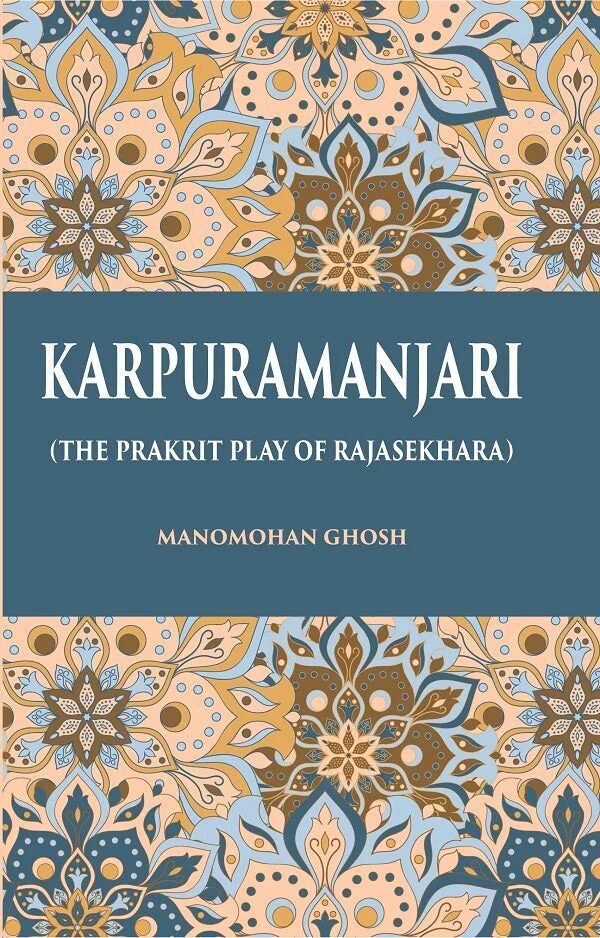
Rajashekhara’s literary legacy extends beyond the mere expression of verses. In his work, he emphasizes the importance of breaking away from conventional norms, a sentiment captured in his statement about Kuntak, the teacher daring to walk in the opposite direction. This bold approach sets Rajashekhara apart, encouraging a thoughtful exploration of varied literary styles and themes.
A Journey through Rajasekhara’s Dramas
Aside from poetry, Rajashekara also left a lasting impact with notable dramatic works, including “Bālarāmāyaṇa,” “Viddhaśālabhañjikā,” and “Karpūramañjarī.” “Bālarāmāyaṇa,” also referred to as Mahānāṭaka, unfolds across ten Acts, portraying the intricacies of Draupadī’s wedding and the subsequent turmoil caused by the game of dice. “Bālabhārata,” a condensed counterpart, consists of two Acts.
In “Viddhaśālabhañjikā,” a four-Act drama, Rājaśekhara explores diverse themes through his theatrical craftsmanship. Notably, “Karpūramañjarī ”’ identifies him as the preceptor of a king from Kanauj, shedding light on his influential role beyond literature.
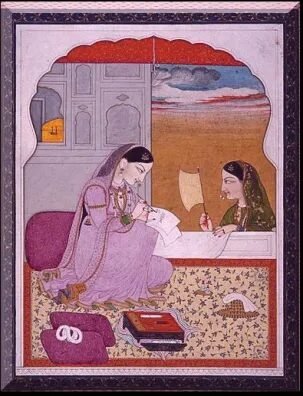
Rajashekhara’s association with Gurujarvanshya Naresh Mahendrapal and the subsequent inscriptions from the 9th and 10th centuries provide valuable historical context. The period between 880 and 920 AD emerges as a significant phase in Rajashekhara’s life, aligning with the timelines of these inscriptions.
In the realm of literary criticism, Rajashekhara categorizes poets and their works in a structured manner, evident in his composition “Ritinarnay.” The meticulous gradation of poets, their styles, and regional influences creates a comprehensive framework for understanding the diverse landscape of Indian poetry.
Rajashekhara’s self-identification as a “kaviraj” and his placement of poets in ten categories above Mahakavi underscore his reverence for the poetic tradition. Drawing inspiration from Valmiki, Bharatmesh, and Bhavabhuti, he weaves a narrative that traces the roots of poetic expression in Indian culture.
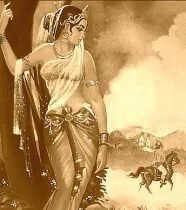
His dramas, such as “Bal Bharat”: or “Prahalpandav” and “Bal Ramayana,” delve into the timeless stories of Ramayana and Mahabharata. These works not only entertain but also carry profound mythological and moral lessons.
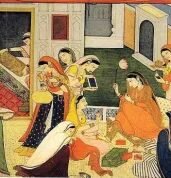
Conclusion
In conclusion, Rajashekhara’s life and works provide a captivating glimpse into the intersection of literature, culture, and history during the 10th century. His contributions to Sanskrit poetry, literary theory, and dramatic compositions deserve recognition, as they continue to enrich our understanding of India’s literary heritage. His insightful works, notably the dramatic works such as “Bālarāmāyaṇa,” “Viddhaśālabhañjikā,” and “Karpūramañjarī,” showcase his ability to weave intricate narratives while exploring diverse themes. The depth and range of his literary craftsmanship become evident in the portrayal of Draupadī’s wedding, the consequences of the game of dice, and the nuanced exploration of various dramatic scenarios.

Beyond the stage, Rājaśekhara’s influence extends to the realm of literary theory with his magnum opus, “Kāvyamīmāṃsā,” a practical treatise that guides poets through eighteen comprehensive chapters. His structured gradation of poets and meticulous exploration of the poetic tradition reveal a profound understanding of the art form. Rājaśekhara’s daring approach, as seen in his declaration as the incarnation of poets Vālmīki, Meṇtha, and Bhavabhūtī, speaks to his self-confidence and connection to the rich poetic heritage of India.Rājaśekhara’s legacy extends far beyond his temporal existence, resonating through the verses, dramas, and treatises that continue to captivate and inspire enthusiasts of Sanskrit literature. His profound insights into poetry, coupled with a fearless exploration of the dramatic landscape, ensure that Rājaśekhara remains a beacon illuminating the corridors of India’s literary heritage.


